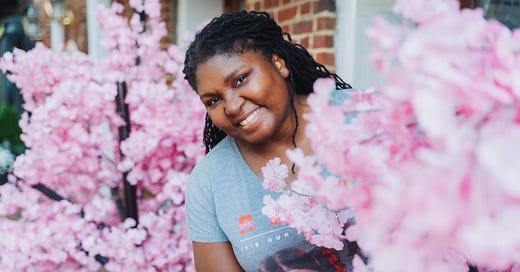In the second book of your series, the challenge (and opportunity) to deepen your hero’s and heroine’s journeys become more crucial. In your relationships, do you enjoy having the same argument over and over again. Nope. So don’t do this to your characters. Let’s explore eight strategies to achieve just that, complete with examples and writing exercises to spark your creativity.
1. Explore Their Backstories
Go deeper into aspects of your characters' pasts that were hinted at or remained uncovered in the first book. For instance, if your heroine had a mysterious sabbatical year abroad, use the second book to reveal a transformative experience she had during that time.
Writing Exercise: Write a flashback scene where your character faces a pivotal moment from their past that shaped their present desires or fears.
2. Introduce New Conflicts
New internal conflicts, such as a hero battling feelings of unworthiness due to one of the failures of the trials in the last book, can add some knots and twists. Or a sudden career opportunity for one character that would take them away from the other tests their relationship in fresh ways.
Writing Exercise: Craft a scene where an external conflict (e.g., a job offer in another city) directly challenges the internal conflict of a character (fear of abandonment).
3. Strengthen Relationships with Secondary Characters
Use secondary characters to reveal different facets of your main characters. When friends from high school come back into town, do you find yourself being an amalgamation of high school you and current you? In your story, a loyal friend could confront the hero about his fear of commitment, shedding light on his struggles.
Writing Exercise: Create a dialogue between your protagonist and a secondary character that exposes a hidden side of the protagonist’s personality.
4. Evolve Their Goals and Desires
Reflect the growth of your characters by evolving their goals. Perhaps the heroine who once craved adventure now seeks stability to build a future with the hero. The best place to mine for these areas of growth are the obstacles you made them face in the first book.
Writing Exercise: Write a reflective monologue where your character realizes their goals have changed, focusing on how this revelation affects their view of the future.
5. Use Character Arcs to Drive the Plot
Ensure character development is integral to the storyline. If the heroine learns to trust again, make a climactic plot point contingent on her placing her trust in the hero.
Writing Exercise: Outline a key plot event that is resolved through the character’s growth, showing cause and effect in their development.
6. Heighten Emotional Stakes
Deepen emotional conflicts by testing the characters' bonds. An unresolved issue from the hero’s past could resurface, forcing both characters to confront their feelings head-on.
Writing Exercise: Construct a scene where an emotional conflict reaches its peak, requiring characters to confront their fears or misconceptions.
7. Explore New Settings or Themes
Changing the setting can challenge characters in new ways. If your first book was set in a bustling city, moving to a quiet, rural area in the second book could expose characters to different challenges and growth opportunities.
Writing Exercise: Describe how a change in setting (e.g., from city to countryside) impacts your character’s daily routine and relationships, prompting growth or revelation.
8. Feedback Loops and Reflection
Incorporate reader feedback to guide character development. If readers loved the heroine’s quirky sense of humor, find ways to highlight this trait further in the second book.
Writing Exercise: Review comments or feedback from your first book. Write a scene that amplifies a beloved trait or addresses a point of criticism.
Use these strategies as a springboard for exploration and creativity, ensuring that your sequel not only meets but exceeds your readers' expectations.
Happy writing,
Ines




This piece just gave me a lightbulb moment for the ending of my story that I've been stuck on for the past week. Thanks for sharing Ines!